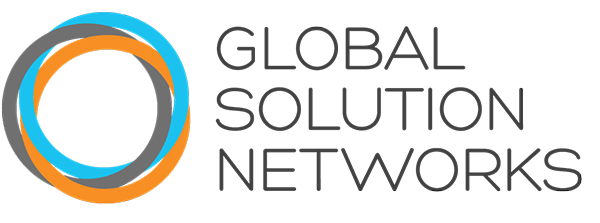Technologists and science fiction writers have long envisioned a world where a seamless global network of Internet-connected sensors could capture every event, action, and change on earth. Today, that vision of an “Internet of Things” is edging closer and closer to reality. In the past few years, powerful scientific instruments and pervasive computing have driven quantum leaps in the amount of data available to scientists, public policy makers and other stakeholders, raising both new challenges and opportunities in data-intensive sectors that have had to develop new methods, tools and institutions for managing and exploring massive datasets. Of course, the opportunities extract powerful new insights are also rather tantalizing and today’s big data pioneers are surfacing valuable lessons for researchers and problem solvers focused on global issues ranging from climate change to deforestation to infectious disease prevention.
The deluge of data generated by transactions, medical and legal records, videos, and social technologies—not to mention the sensors, cameras, bar codes, and transmitters embedded in the world around us—has enormous economic potential. Advances in computing and analytics can transform this sea of data into insights into new services, new innovations and new opportunities for significant operational efficiencies. McKinsey estimates that by 2020, the wider adoption of big-data analytics could increase annual US GDP in retailing and manufacturing by up to $325 billion and save as much as $285 billion in the cost of health care and government services.
With the right tools and the right training, global solution networks can also harness this vast cloud of data to develop more analytical approaches to problem solving. For example, GSNs can use pervasive computing and the data it generates to revolutionize our ability to model the world and all of its systems, giving us new insights into social and natural phenomena and the ability to forecast trends like climate change with greater accuracy.
The DC-based World Resources Institute (WRI), for example, maintains Global Forest Watch (GFW), a global watchdog network that improves transparency and accountability in forest management decisions by increasing the public’s access to information on forestry developments around the world. Within minutes, an interested researcher can detect changes in forest coverage, see the location and duration of a forestry company’s logging concessions, look up local forestry laws and regulations, and check whether the logging companies have paid their taxes. Most information can be easily navigated using a visual map interface that taps into a combination of satellite imagery, national forest data sets and “on-the-ground” reports. More advanced users can download geographical data from their warehouse and manipulate it for their own analyses using third party apps like Google Earth.
The big data will revolutionize the practice of global problem solving and even alter the basic skill set required to participate effectively in global public policy debates. A collection of data scientists working with the UN Global Pulse team in New York, for example, is convinced that data driven analysis and real-time reporting is on the cusp of transforming the way solution networks and development institutions respond to a wide range of critical issues. Analyzing Twitter messages, for instance, can give an early warning of a spike in unemployment, price rises and disease. In fact, research found that surges in online mentions of rice prices accurately captured price increases several months before official reports.
If the Global Pulse team is successful in building effective tools for collecting, analyzing and visualizing data, their contributions could allow UN projects and policies to move faster, adapt to changing circumstances and be more effective, helping to lift more communities out of poverty and even save lives. Indeed, for global solution networks, the big data revolution will create tremendous opportunities to develop new knowledge and inform action with credible data. But there will also be deep challenges in coming to grips with the infrastructure and tools required to take advantage of big data.
What should network leaders prioritize as they seek to use data to transform their approach to problem solving? The UN Global Pulse team pinpoints a few essential requirements. GSNs will need access to a wide variety of data points that collectively provide an encompassing picture of the welfare of individuals, communities and the planet. They will need technologies to collect, filter and analyze information to know when human populations or natural systems may be in the early stages of suffering from an external shock, like an emerging health crisis for example. And they need to nurture the capacity to use real-time data to inform both short-term operational priorities and long-term policy objectives.


